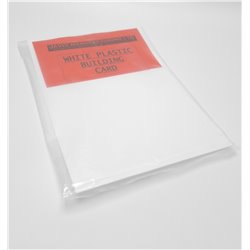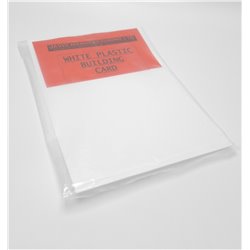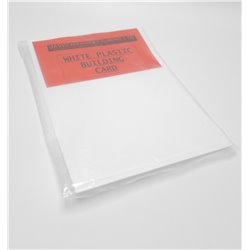Maintaining a spotless layout can be a constant battle against the elements. Whether it's dust, dirt, or that pesky...
No products
Product successfully added to your shopping cart
There are 0 items in your cart. There is 1 item in your cart.
Search Tips
What is CNC?
CNC (Computer Numerical Control) is a manufacturing process that uses computer-controlled machines to cut, engrave or shape materials with extreme precision. In the context of scale modelling, CNC technology allows you to create highly detailed parts, components and structures that would be difficult or impossible to make by hand. Whether you are building model railways, aircraft, ships or architectural dioramas, CNC machining can bring a new level of accuracy and professionalism to your work.
One of the biggest advantages of using CNC in scale modelling is precision. Traditional hand-cutting methods can introduce small errors, but CNC machines follow a pre-programmed digital design, ensuring perfect consistency every time. This is especially useful for reproducing multiple identical parts, such as railway sleepers, aircraft wing sections or intricate building facades. The ability to achieve fine detail makes CNC machining ideal for creating components that need to fit together seamlessly.
CNC machines can work with a variety of materials commonly used in scale modelling, including wood, plastic, metal and foam. This versatility means you can use CNC to produce anything from laser-cut wooden structures for model railways to engraved plastic panels for aircraft cockpits. The ability to precisely cut and engrave these materials allows for realistic textures and intricate detailing, elevating the overall quality of your models.
Despite its benefits, CNC does require some technical knowledge and investment. You will need to create or obtain digital design files (usually in CAD format) that tell the machine how to cut the material. While ready-made files are available online, learning basic CAD design can give you more creative control over your models. Additionally, CNC machines vary in size and price, from small desktop models suitable for hobbyists to larger, professional-grade machines used in workshops.
If you are serious about taking your scale modelling to the next level, CNC technology is a valuable tool that can save time while improving accuracy. Whether you are cutting custom parts for a model railway layout, engraving details onto a scale ship or fabricating precise components for a miniature vehicle, CNC machining allows you to achieve results that would be difficult to replicate by hand. With some practice and the right setup, CNC can become an essential part of your modelling toolkit.
Click here to receive the tips weekly in your mailbox. You can unsubscribe at any time.










